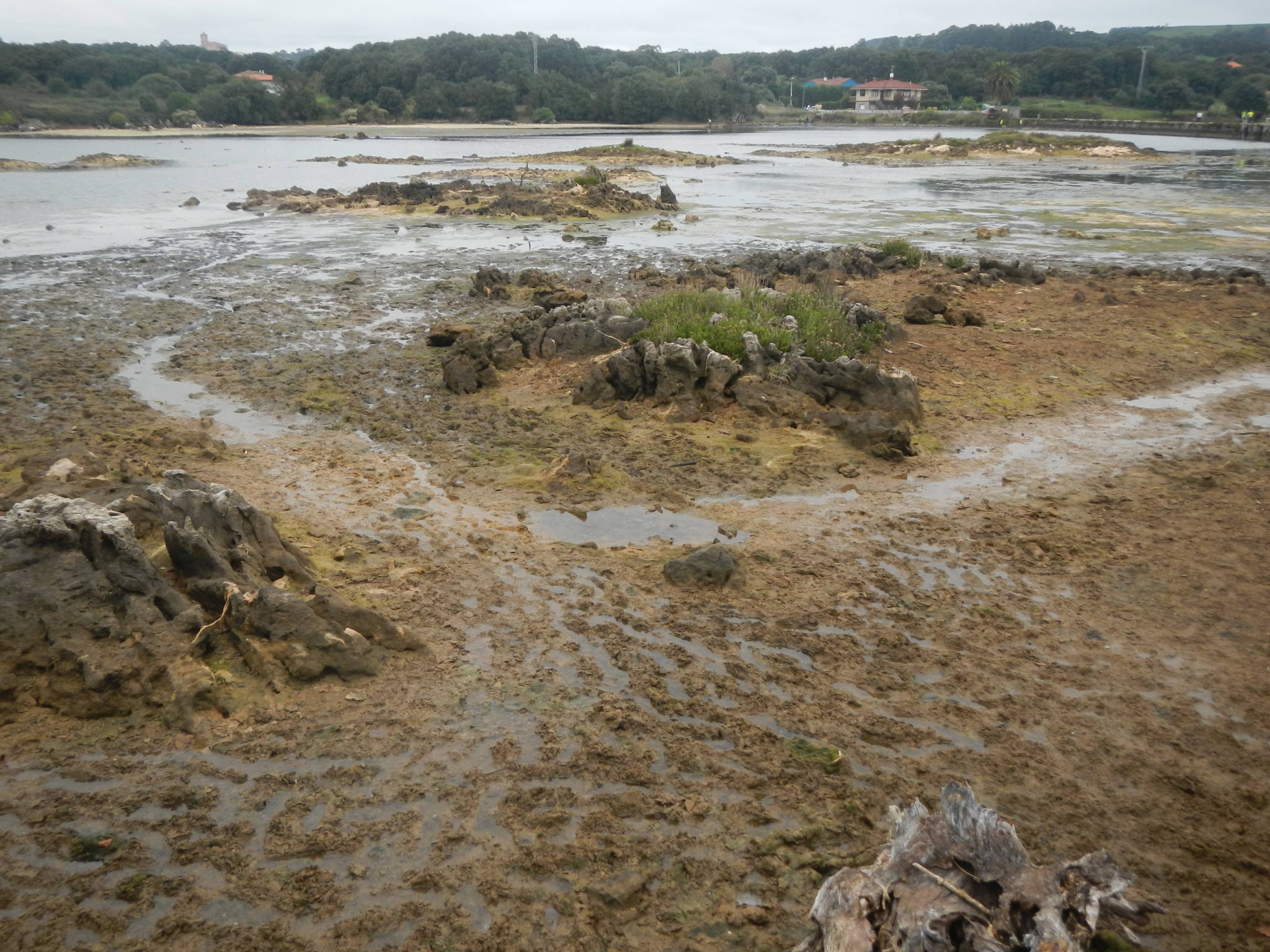COASTAL ECOSYSTEMS
COASTAL ECOSYSTEMS
The study of estuary and coastal ecosystems has been, since its inception, one of the research priorities of IHCantabria, a concern that is channeled through the coastal ecosystems group.
The group has successfully participated in many research and demonstration projects on a wide range of topics, with the group’s interdisciplinary nature undoubtedly being its key asset.
Consisting of biologists, chemists, environmental and marine scientists, the team combines experience with encouraging young, qualified researchers. The publication of more than 75 scientific papers reflects the experience and excellence of the team.
AREAS OF EXPERTISE
Marine Ecology
Monitoring and Evaluation
Environmental Impact Assessment/Risk Assessment
Conservation and Management
Marine Ecology
Monitoring and Evaluation
Environmental Impact Assessment/Risk Assessment
Conservation and Management
TECHNICAL RESOURCES
EQUIPMENT FOR FIELD CAMPAIGNS
- Inflatable boat to collect samples
- Multiparameter probe to measure oceanographic parameters
- Remotely-operated vehicle (ROV) to record images and videos
- Spectroradiometer
- Dredgers
EQUIPMENT FOR FIELD CAMPAIGNS
- Inflatable boat to collect samples
- Multiparameter probe to measure oceanographic parameters
- Remotely-operated vehicle (ROV) to record images and videos
- Spectroradiometer
- Dredgers
R+D+i PROJECTS
European Research programs
portonovo
ERDF 2009-1/119
Standardization of methodologies for managing water quality in port areas throughout the Atlantic Area.
coconet
FP7-OCEAN-2011-287844
Towards the construction of networks of protected marine areas (from the coast to the deep sea), together with the potential for wind energy at sea. 7th Framework Programme.
Learn More
convivelife
LIFE14 NAT/ES/001213
Integration of human activities into the conservation objectives of the Natura 2000 network for the Cantabrian coast.
Learn More
portonovo
ERDF 2009-1/119
Standardization of methodologies for managing water quality in port areas throughout the Atlantic Area.
Learn More
coconet
FP7-OCEAN-2011-287844
Towards the construction of networks of protected marine areas (from the coast to the deep sea), together with the potential for wind energy at sea. 7th Framework Programme.
Learn More
convivelife
LIFE14 NAT/ES/001213
Integration of human activities into the conservation objectives of the Natura 2000 network for the Cantabrian coast.
Learn More
NATIONAL RESEARCH PROGRAMS
ten-shores
Development of new technologies in oceanic aquaculture. RETOS 2014. MINECO.
Learn More
c3n
Vulnerability to climate change of natural systems on the Spanish coast.
Learn More
prevemar
Tools and procedures for analyzing the environmental risk of chemical spills in port areas.
Learn More
NANO
Mapping and spatio-temporal evaluation of Nanozostera noltii seagrass (habitat 1140) on the Cantabrian coast.
Learn More
CLEANLICS
Modeling of “marine litter” build-up areas in Sites of Community Importance (SCI) along the coast of Cantabria.
Learn More
MARES
MARES-CA-CC-2016
Preparation of risk maps for natural systems in Cantabrian estuaries due to climate change.
Learn More
ATLAS
2017/2493
Development of methods and applications for the spatial planning of aquaculture in marine spaces and tools for decision making.
Learn More
MARSHA
TED2021-129973B-l00
How to integrate estuarine ecosystem services into nature-based management.
Proyectos Estratégicos Orientados a la Transición Ecológica y a la Transición Digital 2021
Learn More
BIOCA
TED2021-130091-l00
Interaction between native and invasive macroalgae species.
Proyectos Estratégicos Orientados a la Transición Ecológica y a la Transición Digital 2021
Saber Más
ten-shores
Development of new technologies in oceanic aquaculture. RETOS 2014. MINECO.
Learn More
c3n
Vulnerability to climate change of natural systems on the Spanish coast.
Learn More
prevemar
Tools and procedures for analyzing the environmental risk of chemical spills in port areas.
Learn More
NANO
Mapping and spatio-temporal evaluation of Nanozostera noltii seagrass (habitat 1140) on the Cantabrian coast.
Learn More
CLEANLICS
Modeling of “marine litter” build-up areas in Sites of Community Importance (SCI) along the coast of Cantabria.
Learn More
MARES
MARES-CA-CC-2016
Preparation of risk maps for natural systems in Cantabrian estuaries due to climate change.
Learn More
ATLAS
2017/2493
Development of methods and applications for the spatial planning of aquaculture in marine spaces and tools for decision making.
Learn More
MARSHA
TED2021-129973B-100
How to integrate estuarine ecosystem services into nature-based management.
Proyectos Estratégicos Orientados a la Transición Ecológica y a la Transición Digital 2021.
Learn More
PUBLICATIONS
Juanes, J.A., X. Guinda, A. Puente, J.A. Revilla. (2008).
Macroalgae, a suitable indicator of the ecological status of coastal rocky communities in the NE Atlantic.
Ecological indicators 8: 351 – 359.
Puente, A., Diaz, R.J. (2008).
Is it possible to assess the ecological status of highly stressed natural estuarine environments using macro invertebrates indices?
Marine Pollution Bulletin, 56: 1880-1889. DOI: 10.1016/j.marpolbul.2008.07.016.
Ondiviela, B., Losada, I.J., Lara, J.L., (…), Bouma, T.J., van Belzen, J. (2014).
The role of seagrasses in coastal protection in a changing climate.
Coastal Engineering 87, pp. 158-168
Guinda, X., Juanes, J.A., Puente, A. et al. (2008).
Comparison of two methods for quality assessment of macroalgae assemblages, under different pollution types.
Ecological Indicators 8: 743-753.
F. de la Hoz, C., Ramos, E., Acevedo, A., Puente, A., Losada, I.J., Juanes, J.A. (2018).
Ocle: a European Open Access Database on Climate Change Effects on Littoral and Oceanic Ecosystems.
Progress in Oceanography, 168: 222-231. https://doi.org/10.1016/j.pocean.2018.09.021
Ramos, E., Juanes, J.A., Galván, C., Neto, J.M., Melo, R., Pedersen, A., Scanlan, C., Wilkes, R., van den Bergh, E., Blomqvist, M., Karup, H.P., Heiber, W., Reitsma, J.M., Ximenes, M.C., Silió, A., Méndez, F., González, B. (2012).
Coastal waters classification based on physical attributes along the NE Atlantic region. An approach for rocky macroalgae potential distribution.
Estuarine, Coastal and Shelf Science, 112: 105-114. DOI: 10.1016/j.ecss.2011.11.041
TEAM





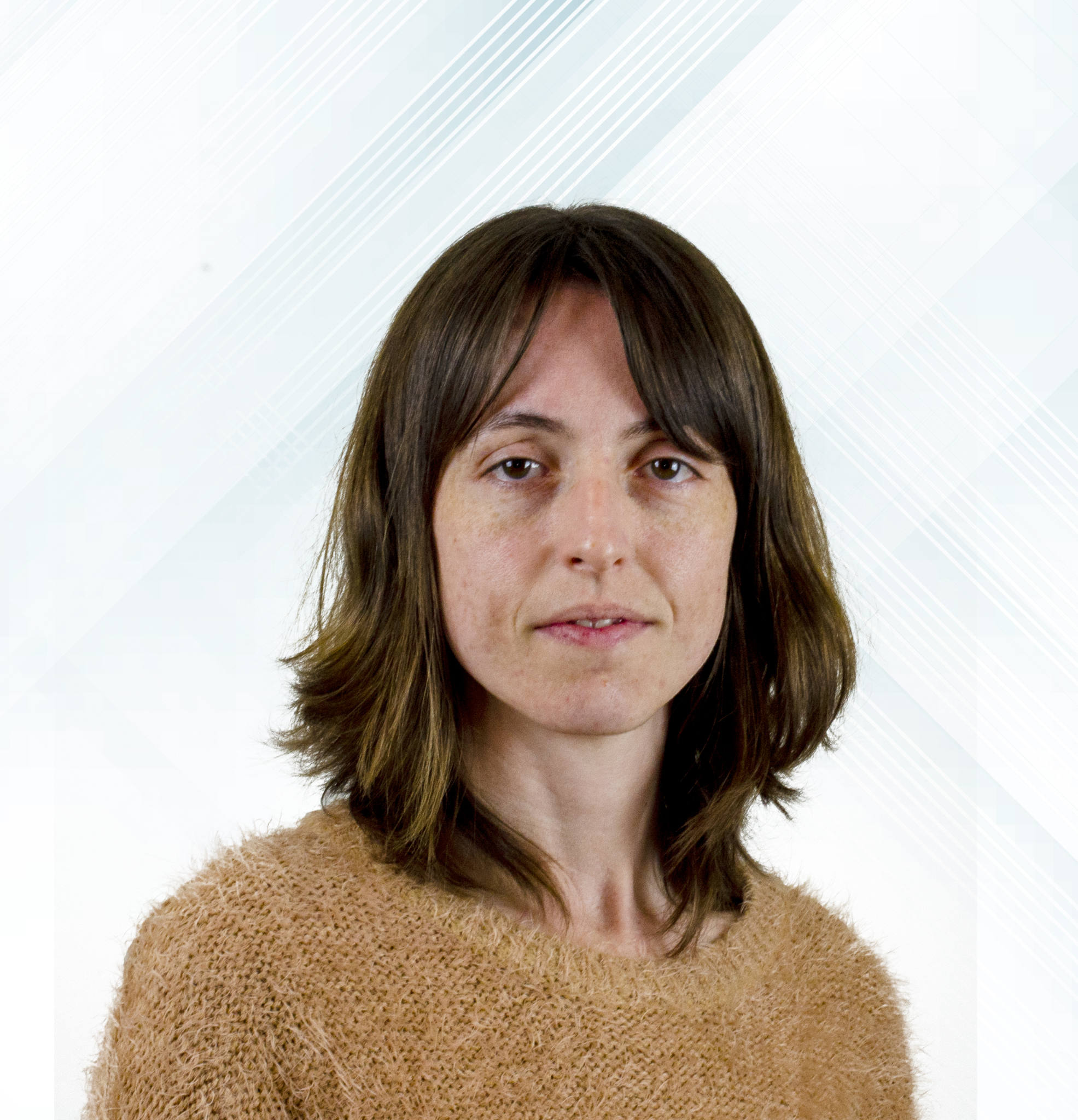
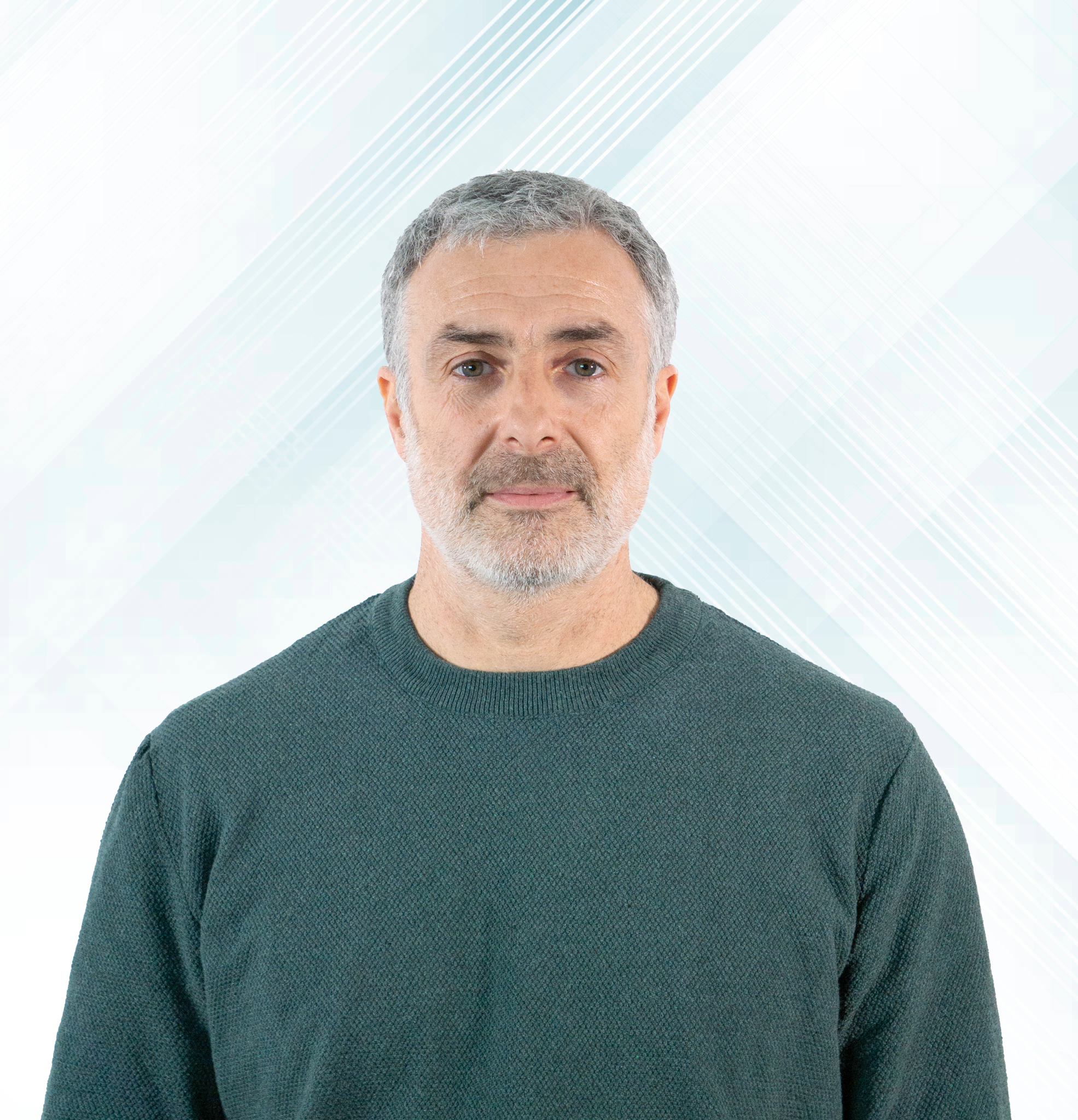
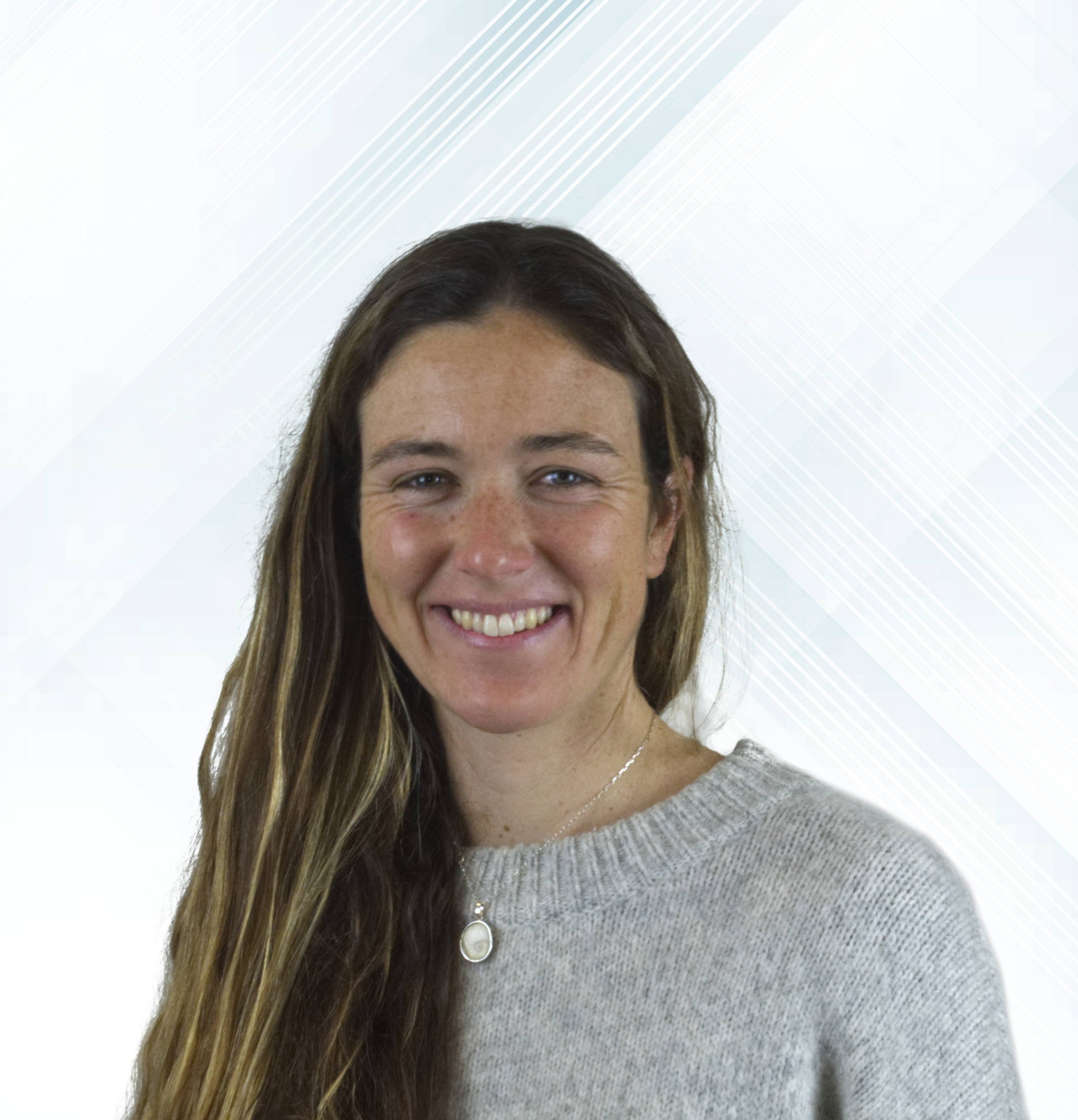


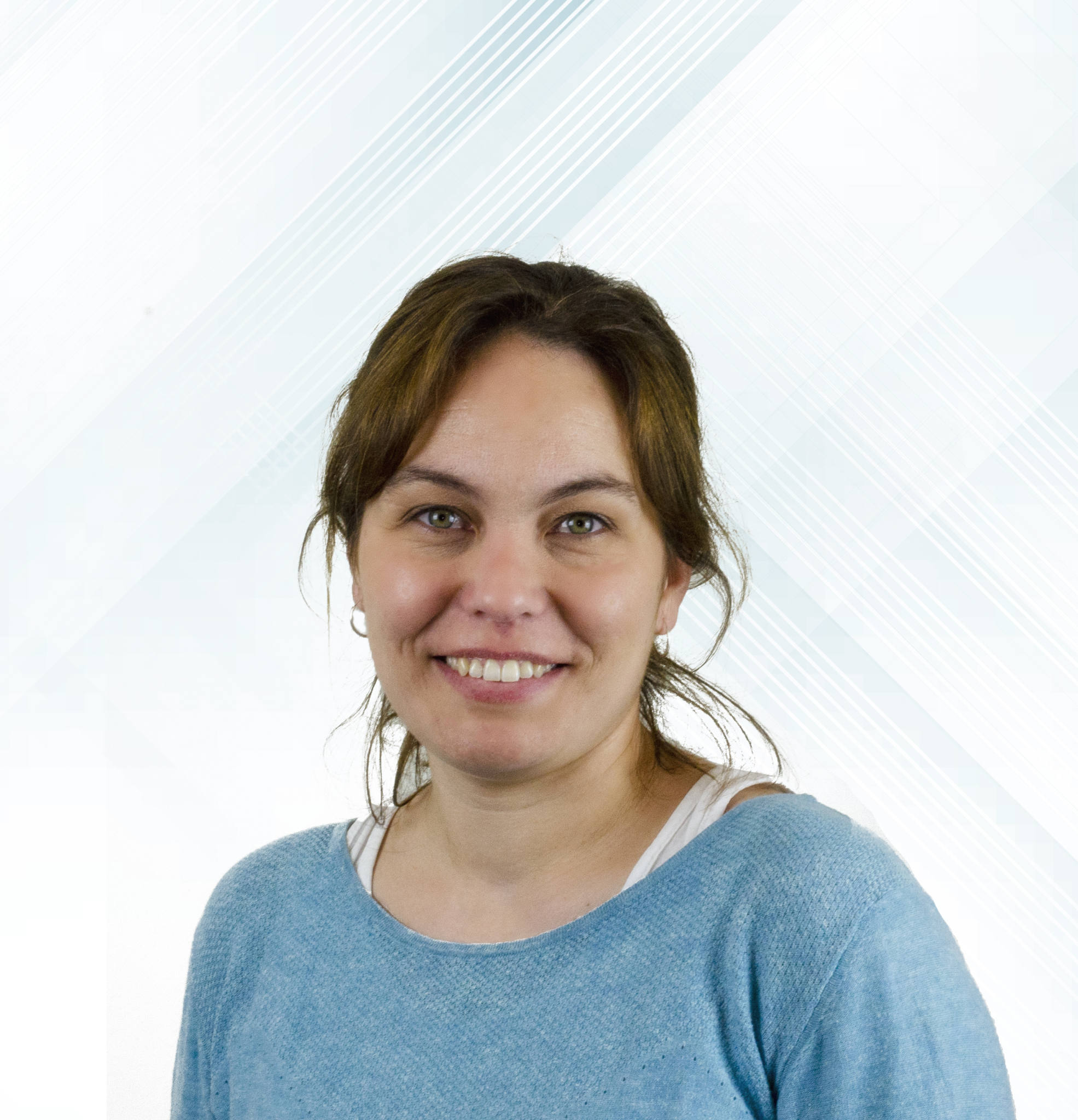

PREDOCTORAL RESEARCHERS








